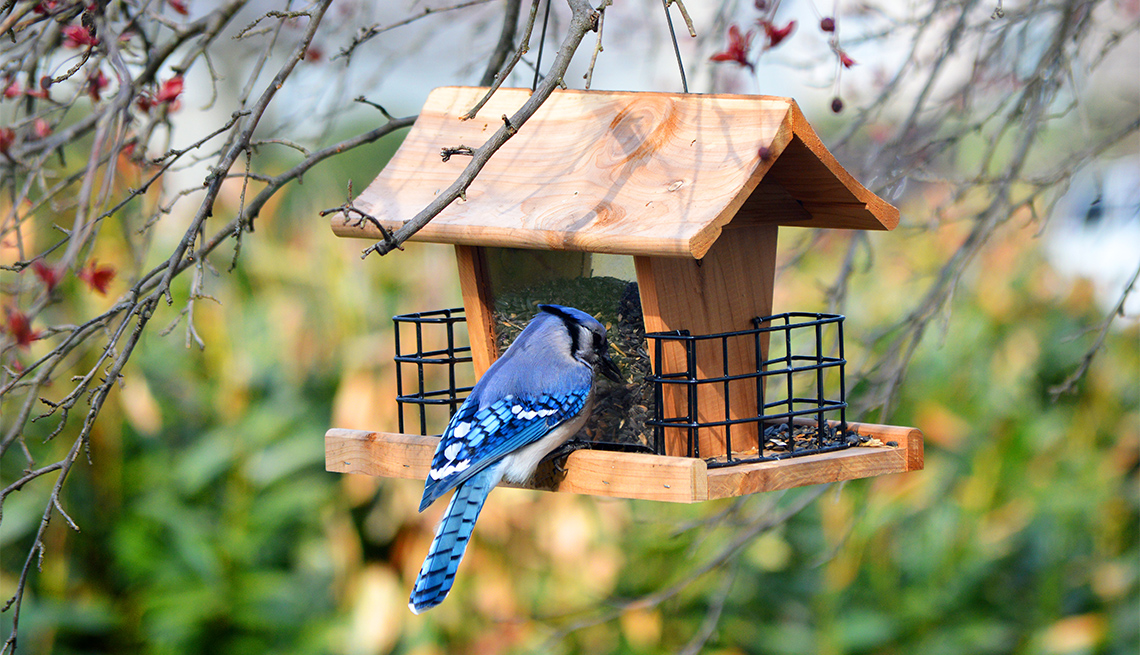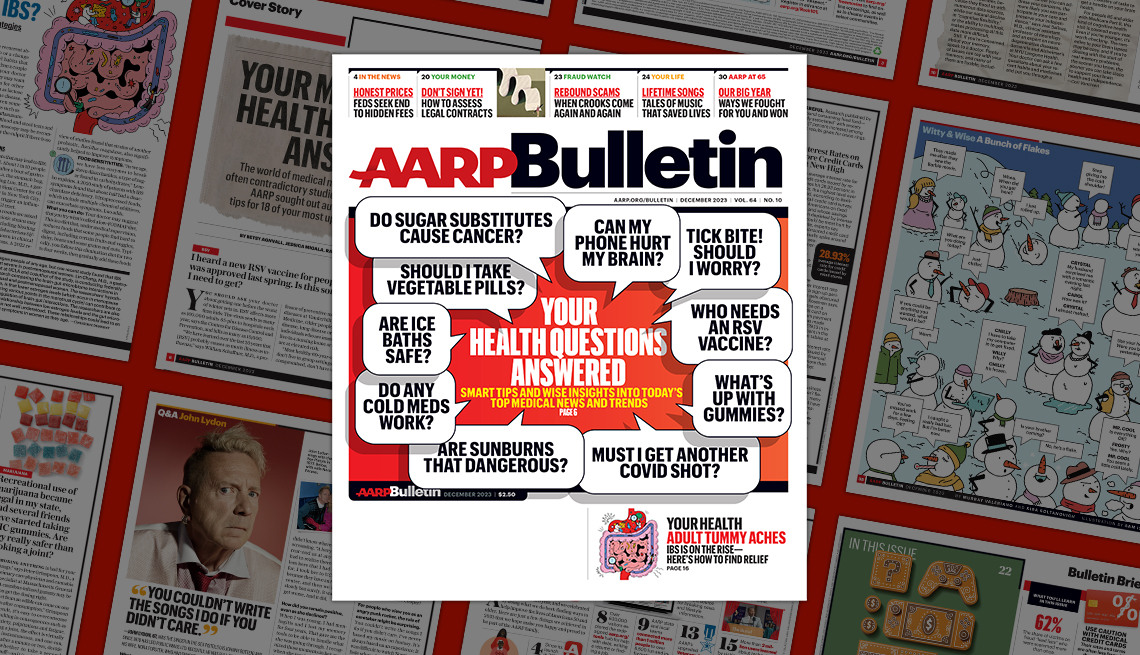
- Select a language for the TTS:
- UK English Female
- UK English Male
- US English Female
- US English Male
- Australian Female
- Australian Male
- Language selected: (auto detect) - EN
Play all audios:
3. THEY CAN BE PRICEY The costs of maintaining a feeder can add up. “I have a suet feeder and buy cakes for those,” Rutter says. “There have been times when the birds have eaten an entire
one in a day. And then there have been times where it’s taken a whole week.” Rebecca Delahaye-Beekman, 61, from Dyer, Indiana, feeds between 30 and 50 birds daily, as well as a bunch of
squirrels, at five feeders and spends $55 a month on birdseed. “I have to fill them every three to four days in the spring, summer and early fall, then about once a week in the winter,” she
says. If you want seeds that won’t sprout plants under your feeders, you’ll need to buy ungerminated seed, which Adam Brewerton, a wildlife conservation biologist with the Utah Department of
Wildlife Resources, says can be more expensive. There’s also the cost of specialty items, like squirrel guards and even, in a situation like Foster’s, a whole new bird feeder when a bear
makes off with it. 4. SICK BIRDS COULD INFECT ONE ANOTHER Last year several organizations, including the Audubon California chapter of the National Audubon Society and the Raptor Center at
the University of Minnesota, urged people to take down backyard bird feeders and birdbaths during a massive outbreak of the avian flu. While some organizations say this may not always be
necessary in times of outbreaks, experts note that not encouraging birds to gather in one spot during a viral spike may have some benefits. “By using feeders, we attract large congregations
of various birds — a melting pot of passing this infection on to birds that are healthy,” says August Abbott, owner of bird rehabilitation center BrokenBirds.org and a certified avian
specialist for JustAnswer. She equates this to throwing a big dinner party during the heart of COVID — no masks, in an enclosed area. “All it would take is one person with the virus
mingling among a hundred more to infect the entire room,” she says. “That is what could very easily happen at an innocent bird feeder in your location.” Brewerton notes that the strain of
avian influenza currently in circulation seems not to be affecting songbirds, thus making it less likely to spread by sharing real estate at feeders. “But artificial concentration of birds
always leaves disease transmission as a worry,” he says. “Careful and regular cleaning will mitigate,” he explains. 5. BIRD FEEDERS ATTRACT UNWANTED CRITTERS Birdseed can lure creatures not
of the avian variety to your yard. Squirrels, chipmunks and raccoons love the seed, and they can become destructive and knock down feeders or gnaw through plastic to get to what they’re
after. You’ll also need to come up with a system for storing your birdseed, as rats and mice can chew through plastic bags of seed stored in places like your garage. “You always want to make
sure that you put any birdseed in an airtight, sealed container,” ideally metal, Rutter says.








:max_bytes(150000):strip_icc():focal(999x0:1001x2)/queen-Lord-Samuel-Vestey-2000-209d7ee6bcc44ba29ed2907f3d09c3a9.jpg)
